Imagine a hidden gem on Oahu that welcomes over a million curious travelers every year—yet, it's often overshadowed by its legendary neighbor, Pearl Harbor. That’s the allure of Pearl City tourism : an area bustling with local culture, top attractions, and adventure, waiting to be explored by travelers eager to encounter the authentic side of Hawaii. The following guide is your all-access pass to unlocking the best experiences, from historic sites to mouthwatering eats—ensuring you won’t miss a moment of the action.
Whether you crave outdoor thrills , cultural immersion, or simply wish to enjoy serene beaches and vibrant cityscapes just west of downtown Honolulu, Pearl City has it all. Read on to learn why this fast-growing Oahu destination is truly worth a visit for families, solo adventurers, and locals alike.
Revealing the Unexpected: Pearl City Tourism By the Numbers
"Did you know Pearl City welcomes more than 1 million visitors each year, making it one of Oahu’s fastest-growing tourist hubs?"
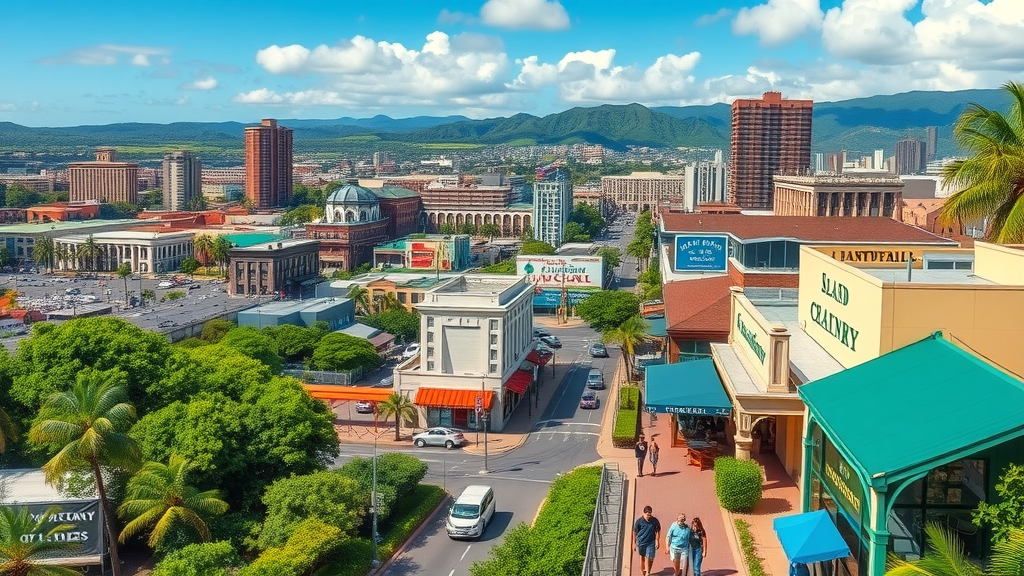
Statistics tell a compelling story: Pearl City’s popularity as a tourist destination has soared in recent years. With its close proximity to iconic Pearl Harbor and quick access to west of downtown Honolulu, it's no surprise that over a million people make time to visit each year. What sets Pearl City apart is the blend of family-friendly activities, modern amenities, and the opportunity to experience both historic and contemporary Hawaii in one trip.
Many travelers are surprised to learn that Pearl City outpaces some other Oahu spots in terms of annual visitor growth. This is fueled by unique local events, an evolving culinary scene, and an ever-growing list of things to explore—from sprawling parks and beautiful beaches to the excitement of Pearlridge and jungle river mini golf. If you’re seeking a chance to explore thousands of authentic sights outside the busier tourist corridors, Pearl City tourism truly offers something for everyone.
Pearl City Tourism Overview: Why Pearl City Stands Out on Oahu
When comparing Oahu destinations, Pearl City stands out for its accessibility, rich cultural heritage, and relaxed vibe that invites travelers to both explore and simply enjoy . Located conveniently west of downtown Honolulu and near the United States’ most visited World War II memorial, Pearl City offers a distinct feel—one that's less crowded than Waikiki, yet far from sleepy.
What makes Pearl City unique? It’s the variety of attractions and activities: historical must-sees like Pearl Harbor, lively local markets, jungle river mini golf courses, and eclectic dining along Kamehameha Highway. Add to this the welcoming community and affordable travel choices, and you have a family-friendly hub that appeals to island visitors seeking both relaxation and things to explore. See why so many travelers “make time to visit” Pearl City year after year.
| Attraction | Key Features | Distance from Pearl Harbor | Entrance Fees | Best Times to Visit |
|---|---|---|---|---|
| Pearl Harbor (USS Arizona Memorial) | Historic site, museums, memorial tours | 0 miles (in Pearl City) | Free (Memorial); Museum: $ | Morning for fewer crowds |
| Pearlridge Center | Shopping, dining, river mini golf, arcade | 1 mile | Free entry, attractions: $-$$ | Afternoon/evenings |
| Pearl City District Park | Parks, trails, sports, playgrounds | 2 miles | Free | Morning/late afternoon |
| Aiea Loop Trail | Hiking, scenic views, tropical flora | 4 miles | Free | Early morning |
| Waimalu Plaza | Local dining, shopping | 2 miles | Free | Lunchtime |
Top Attractions in Pearl City Tourism: Must-See Spots for Every Visitor
Pearl City tourism excels in offering top attractions that balance legendary history with modern-day excitement. For those planning day tours, this region is an ideal jumping-off point to tick off bucket-list sites like Pearl Harbor, as well as family-friendly adventures and shopping galore at Pearlridge Center. Visitors can enjoy the diversity—see historical memorials in the morning, embark on an urban jungle river mini golf adventure in the afternoon, and unwind with a sunset picnic in one of the parks.
The attractions aren't just for sightseeing. Many experiences, such as shopping for the perfect souvenir at Pearlridge or tasting freshly grown pineapples at the local farmers' markets, give you a genuine sense of the neighborhood's spirit. Don’t forget to check out the variety of free and low-cost activities that make Pearl City tourism accessible for every budget.
Exploring Pearl Harbor: A Historic Centerpiece of Pearl City
The historic significance of Pearl Harbor cannot be overstated—it’s not only a highlight of Pearl City tourism, but also a defining chapter in U.S. and world history. As the site of the infamous 1941 attack, Pearl Harbor’s memorials and museums now draw millions, offering a respectful, educational, and moving experience for visitors of all ages. The USS Arizona Memorial, in particular, provides a powerful place for reflection right in the heart of Pearl City.
Yet, there’s more to Pearl City’s famous harbor than just the memorial. Complimentary tours often extend to the Pacific Aviation Museum, where you can immerse yourself in the story of military aviation, and interactive exhibits make it family friendly. Be sure to check out nearby day tours that showcase other elements—like gardens, river mini golf, and shopping—offering something for everyone, whether you have only a few hours or a whole day to explore during your travels.
- USS Arizona Memorial
- Pacific Aviation Museum
- Shopping at Pearlridge Center
- Relaxing at Pearl City District Park
- Local farmers’ markets
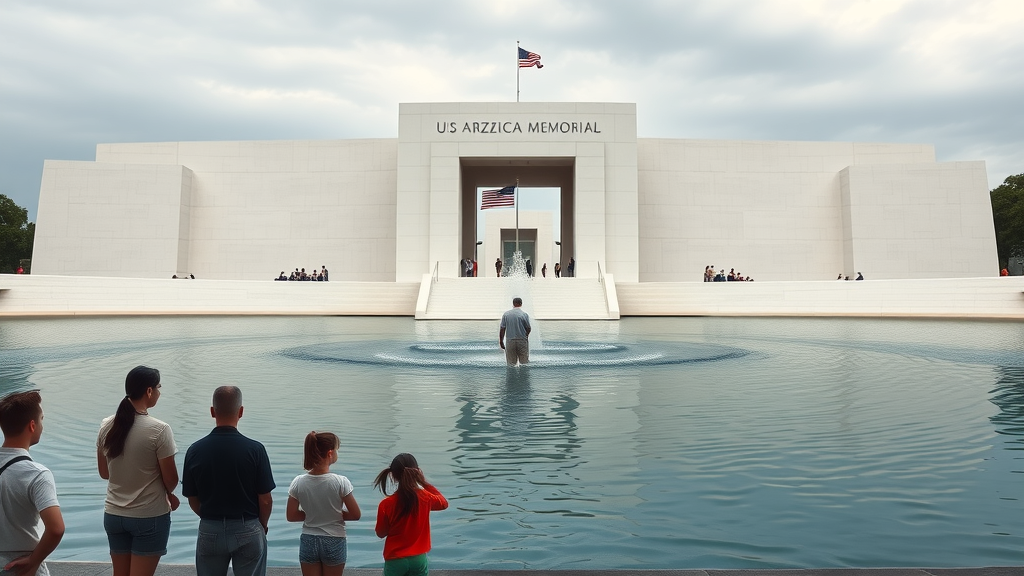
Pearl City Tourism Activities: Outdoor Adventures and Family Fun
Outdoor enthusiasts and families discover countless ways to keep active and entertained in Pearl City . Thanks to the city’s network of parks, walking trails, and proximity to some of Oahu’s beautiful beaches, visitors can combine cultural sightseeing with nature-centered fun. Whether you choose to unwind at Pearl City District Park, hike a jungle river trail, or try your hand at mini golf, you’ll find options aplenty for every age and interest.
Don’t miss the family friendly events that make Pearl City worth a visit: local festivals, sports games, and public gatherings unite the community and offer travelers a chance to take part in authentic Hawaiian traditions. For those who enjoy active adventures, experience the jungle river mini golf at Pearlridge, or take a stroll down the community-friendly walking paths peppered throughout the district. No matter how you like to travel—at a slow pace or looking for thrills—Pearl City delivers things to explore all year long.
Best Parks, Trails, and Beaches Near Pearl City
Few places offer the outdoor variety of Pearl City’s parks, trails, and beaches. Top among them is Pearl City District Park , a city jewel where locals and visitors come together for sports, swimming, picnics, and more. The sprawling green spaces and playgrounds create opportunities for family fun, while the sports complex hosts regular leagues for those looking to stay active during their stay. Just west of downtown Honolulu, these parks are easily accessible and safe for solo travelers or groups.
For those seeking adventure and scenic relaxation, nearby Aiea Loop Trail is a must. This tropical path winds through lush forests with glimpses of the city and Pearl Harbor below. Many also take time to visit the coastline and beaches just a short drive away—perfect for a morning jog, afternoon swim, or the evening golden hour. The mix of developed parks and raw nature trails ensures you can enjoy the other things Pearl City has to offer—beyond the city streets and shopping centers.

Family-Friendly Events and Unique Local Festivals in Pearl City
Pearl City’s calendar bursts with festivals and community gatherings that celebrate both modern Hawaii and its vibrant cultural roots. From lively hula performances to food tastings at the farmers’ markets and the annual celebration of the city’s founding, there’s always an event ready to welcome visitors into the fold. Family friendly fun is a year-round promise: watch local athletes compete, stroll through community arts fairs, or join in at a neighborhood luau featuring music, dance, and delicious Hawaiian fare.
Notable annual events include the colorful summer festival at the Pearl City District Park, local craft fairs with perfect souvenirs for visitors, and a series of multicultural celebrations honoring Oahu’s diverse heritage. These festivities offer a genuine chance to connect with locals, sample island cuisine, and experience Hawaii beyond the typical tourist path—making each visit truly memorable and immersive.
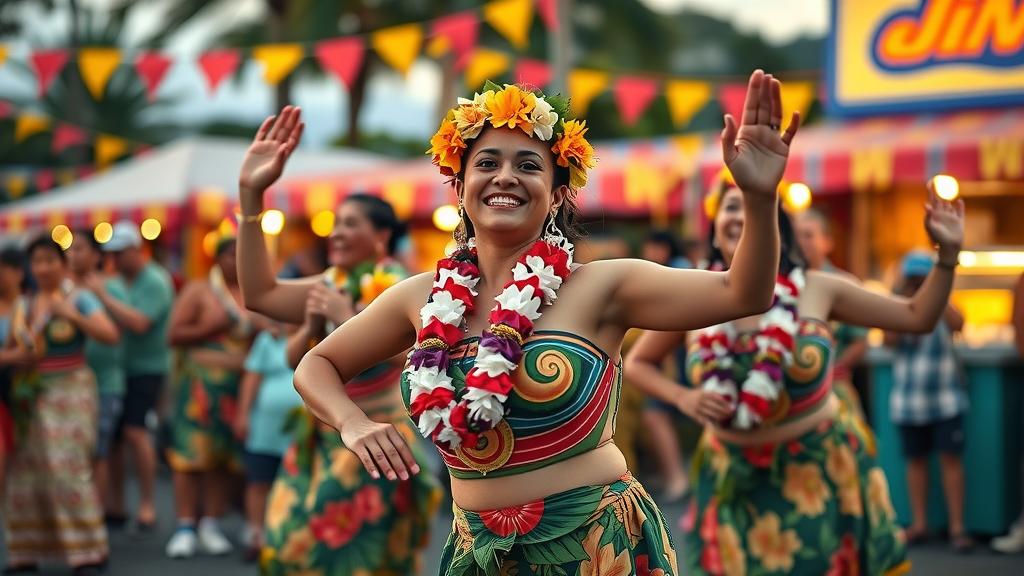
Where to Eat and Stay: Pearl City Tourism Essentials
Satisfy your cravings at some of Pearl City’s top-rated restaurants and cafés , where local Hawaiian cuisine is expertly paired with a variety of international flavors. Whether you’re after a quick bite at a street food stall, a laid-back café experience, or a memorable dinner showcasing farm-fresh island ingredients, the options are both delicious and affordable. The growing food scene here rivals that of bigger cities but retains an authentic neighborhood charm.
- Local Hawaiian cuisine: Try poke bowls, kalua pork, and island-style breakfast platters.
- International options: Enjoy Japanese ramen, Filipino adobo, or fusion dishes only found in Hawaii.
- Street food stalls: Bite into fresh malasadas or tropical fruit from the local farmers’ market.
When the day is done, you’ll find accommodations suitable for every traveler: from reputable hotels and value-driven motels to eco-friendly vacation rentals with a touch of island luxury. Pearl City offers comfort and quality with easy access to transit, shopping, and noteworthy attractions—ensuring your stay is as enjoyable as your adventures.
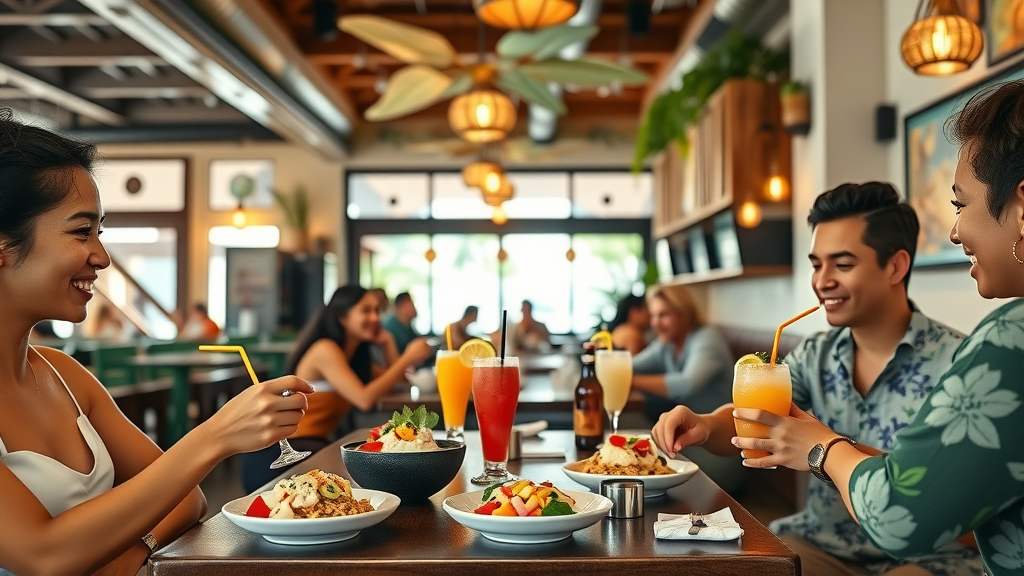
| Name | Type | Price Range | Key Features | Distance to Top Attractions |
|---|---|---|---|---|
| Pearl City Suites Hotel | Hotel | $$-$$$ | Pool, breakfast, shuttle to Pearl Harbor | 10 minutes |
| Tropical Banyan Vacation Rental | Vacation Home | $$ | Full kitchen, quiet neighborhood, family-friendly | 5 minutes |
| Island Green Eco-Lodge | Eco Lodge | $$$ | Solar-powered, organic garden, city views | 8 minutes |
| Pearlridge Premier Inn | Inn | $-$$ | Budget-friendly, free parking, continental breakfast | Directly adjacent to Pearlridge Center |
Planning Your Trip: Practical Tips for Pearl City Tourism Success
Making the most out of your Pearl City tourism experience starts with smart planning. Consider the season: Oahu’s weather is generally pleasant, but rain showers are possible from November through March—so pack a light rain jacket just in case. For transportation, rental cars are available, and public buses connect Pearl City with downtown Honolulu, Pearl Harbor, and the island’s north and south shores.
- Transportation options: City buses, rideshares, car rentals for flexible travel.
- Weather tips: Bring sun protection and a light rain jacket year-round.
- Seasonal advice: Summer sees more events/festivals, while spring and autumn are less crowded.
- Safety recommendations: Pearl City is a safe district, but use standard precautions in busy tourist areas.
Always check local calendars for special events during your stay—you may discover festivals or day tours not listed in standard guides. And remember, free cancellation is sometimes available for tours and accommodations, making it easy to adjust plans if needed. Take advantage of convenient locations near Pearlridge and jungle river mini golf for a day of fun, then retreat to a tranquil hotel or vacation rental nearby. The key is to be flexible and open to unexpected delights at every corner.
Frequently Asked Questions About Pearl City Tourism
Why is Pearl City famous?
Pearl City is most renowned for being the gateway to historic Pearl Harbor, home of the infamous WWII attack and memorial. Beyond this, it is celebrated for its diverse attractions, including family-friendly parks, shopping at Pearlridge Center, and authentic Hawaiian culture reflected in its festivals and cuisine. Pearl City’s rapid growth as a tourist destination cements its reputation as a vital and dynamic part of Oahu.
Is Pearl City expensive?
Compared to other Oahu destinations, Pearl City offers a range of options for every budget. You’ll find affordable places to eat, budget-friendly lodging, and plenty of free or low-cost parks and activities. While some attractions like guided tours or special day tours may require a fee, overall costs are generally lower than Waikiki or downtown Honolulu, especially for families.
What is there to do around Pearl Harbor?
The area around Pearl Harbor is packed with historical sites, museums, shopping centers, and recreation areas. Popular activities include visiting the USS Arizona Memorial, exploring the Pacific Aviation Museum, shopping and grabbing a perfect souvenir at Pearlridge Center, and enjoying the other things Pearl City has to offer like mini golf, public parks, and lively farmers’ markets. There’s truly something for all interests and ages.
Is Pearl City the same as Pearl Harbor?
While Pearl City and Pearl Harbor are closely linked geographically and historically, they are not the same. Pearl Harbor refers to the famous naval base and adjacent harbor area known for the 1941 attack, while Pearl City is the city and district that surrounds much of Pearl Harbor. Pearl City is a full community featuring residential neighborhoods, shopping, parks, and a wide variety of attractions beyond just the harbor itself.
Key Insights for Pearl City Tourism: Making the Most of Your Visit
- Enjoy a unique blend of historic significance and contemporary culture with every step.
- Discover affordable travel choices and diverse attractions, from day tours to local festivals.
- Experience warm hospitality from a welcoming local community and get involved in family friendly activities.
- Take home the perfect souvenir and unforgettable memories from top attractions and hidden gems alike.
Begin Your Pearl City Tourism Adventure Today: Explore, Experience, and Enjoy!
Take the next step and start planning your Pearl City tourism journey—there’s a vibrant world waiting just west of downtown Honolulu. Explore, experience, and enjoy all that Pearl City has to offer—your unforgettable island adventure begins now!
 Add Row
Add Row  Add
Add 

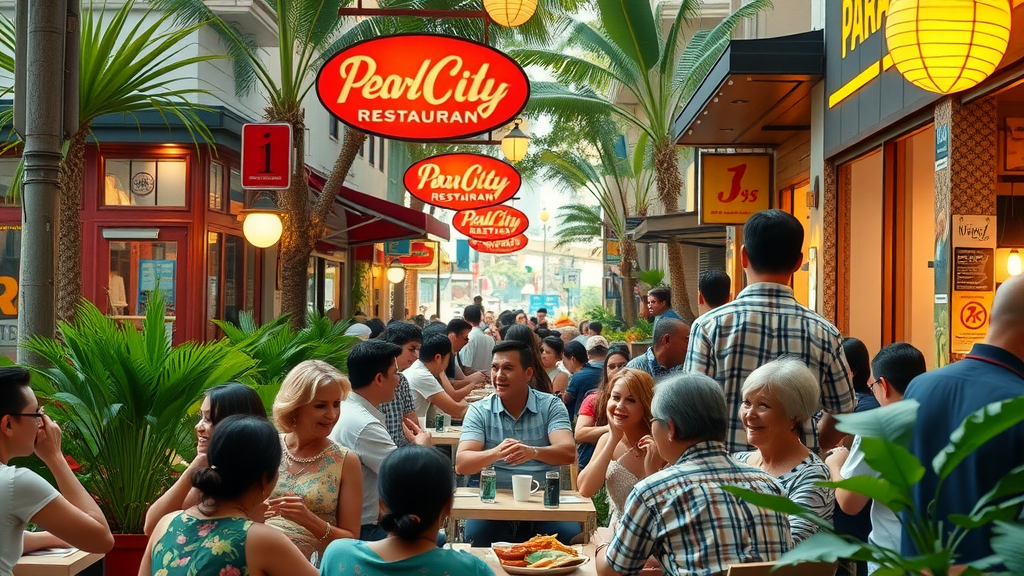


Write A Comment